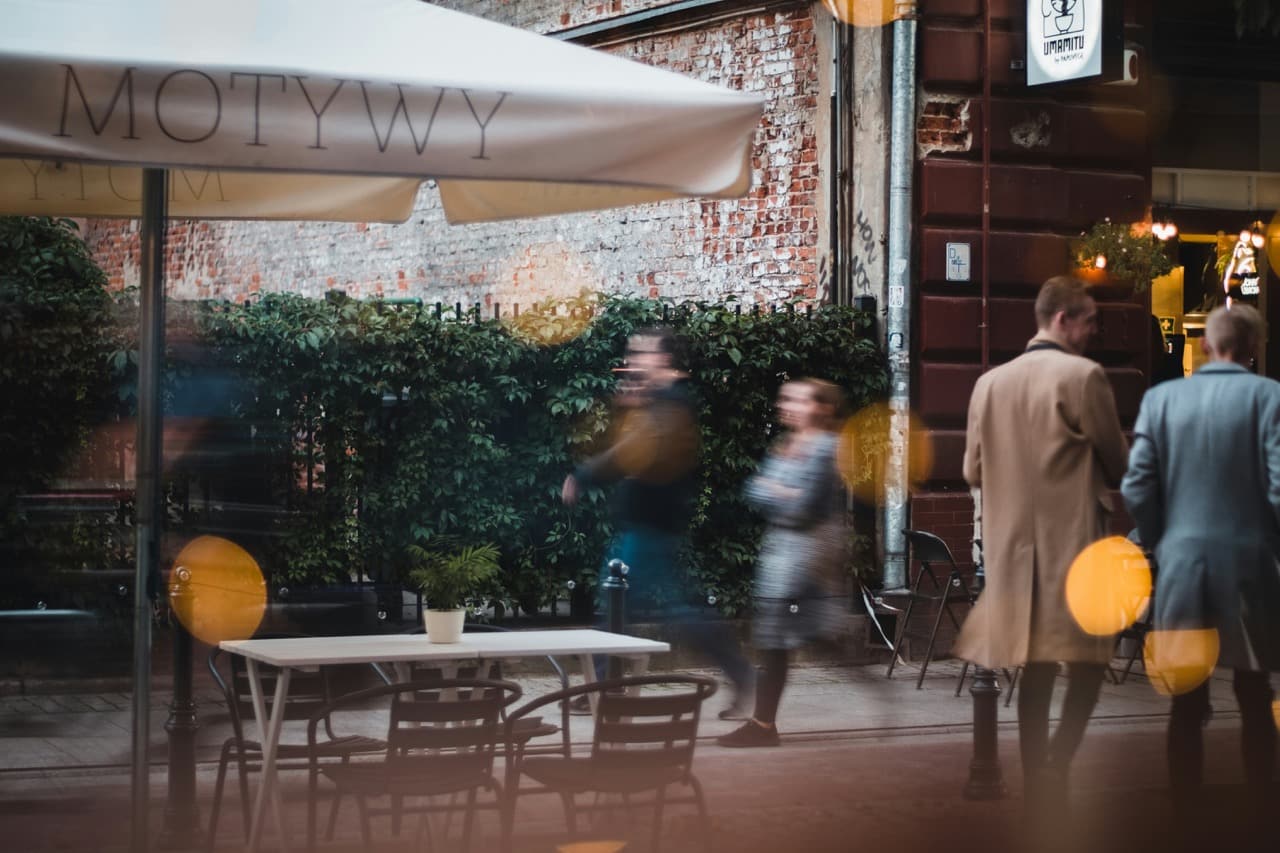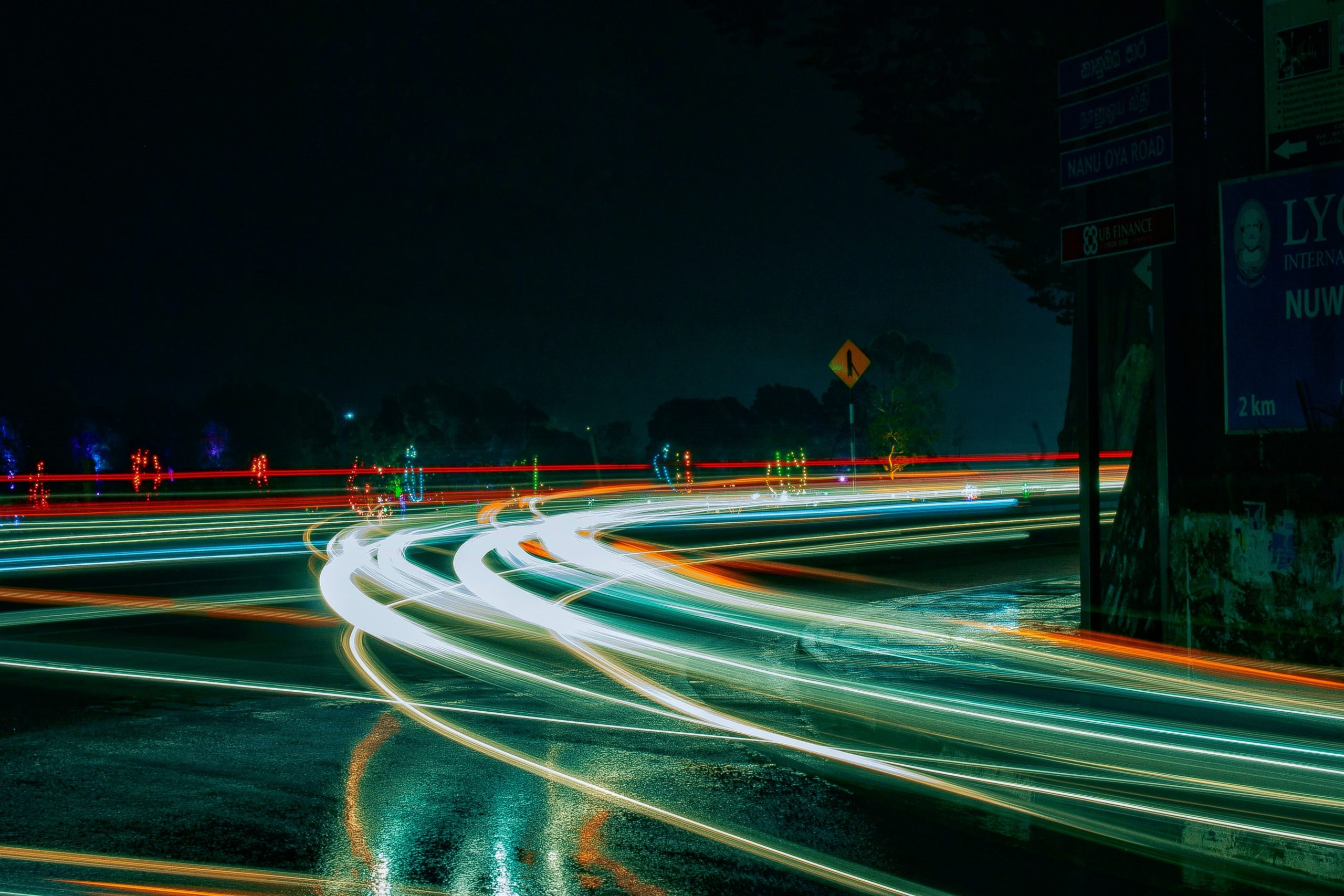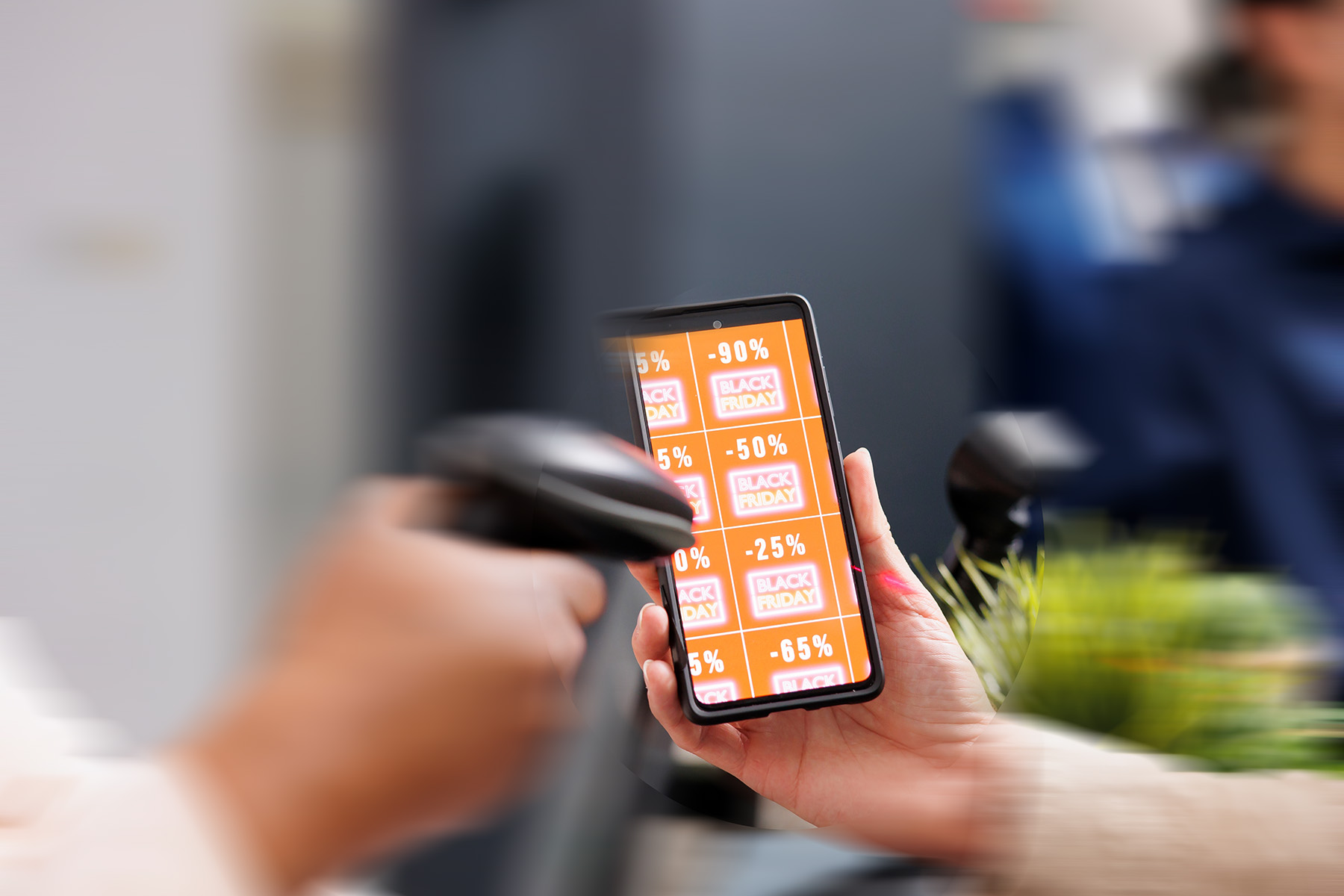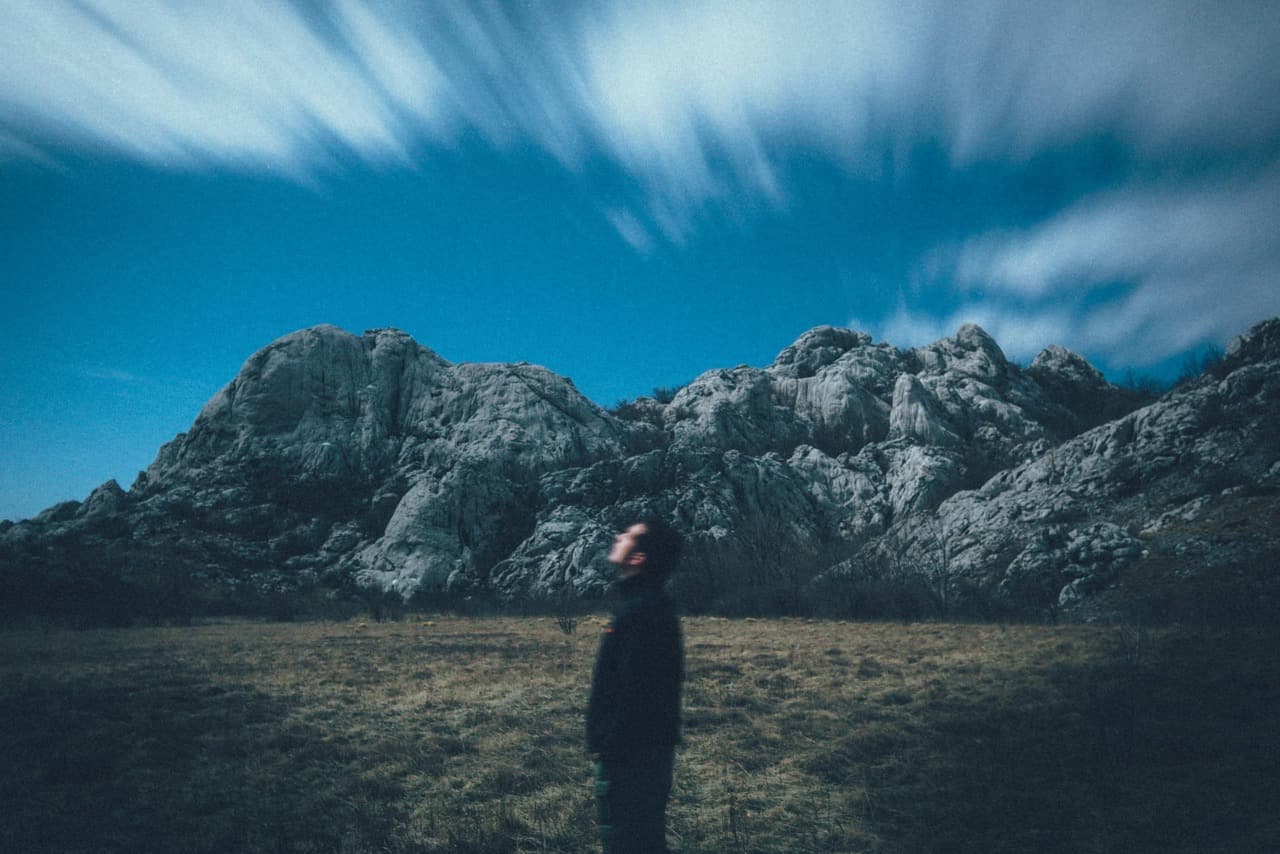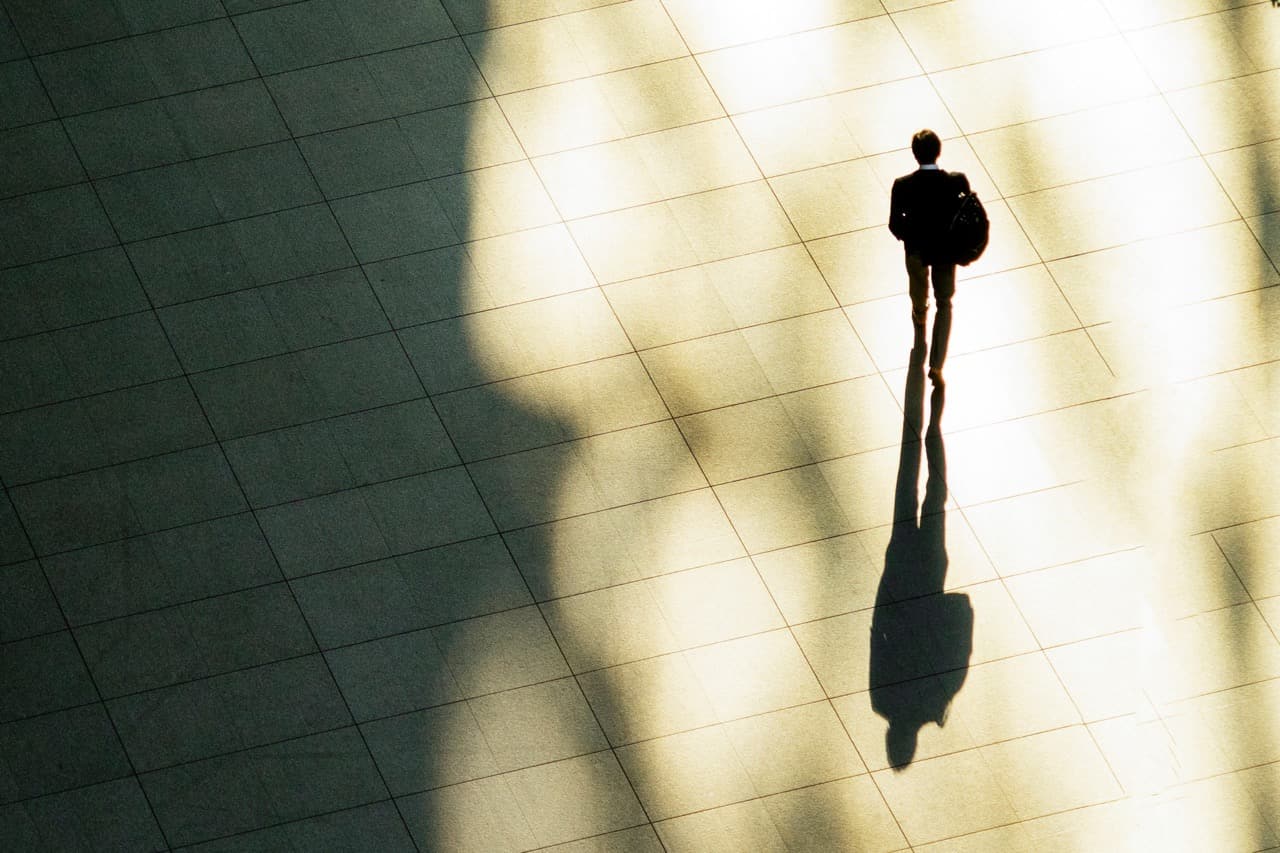A: It’s interesting. I think that over the time, we’ve made this huge jump forward and then this huge jump back. As soon as everyone was home, it wasn’t only finding a new way of working together, but a new way to reach out and find consumers.
I do think the beauty in how the industry reacted to change – the moment brand thought “ now I need to be digitally led” – was really unique because we saw brands like McDonald’s and Dunkin’ Donuts and all these different brands start to get very smart and more strategic around how they actually deliver an experience for their customers.
Consumer habits change; we adapt and react to where our circumstances lead us to. Currently, we’re not all grabbing our coffees on the way to work anymore. I order it on my app, I walk to my kitchen. But, as things open up again, we will no doubt adapt to whatever the new normal has in store.
Brands have learned the importance of being authentic. And not just showing up publicly, but internally. It’ll be interesting to see who continues the conversation, how those conversations are led, the use of data and what we do with it. Clearly things like creative optimizations is kind of an issue because maybe we’re determining things based off the sites we’ve gone to, but again, there’s so many other different patterns that play into it that unfortunately can’t really be used right now. It’s a big learning curve.
Q: When we think about the adtech industry specifically, and the power that consumer data can bring to creative teams, what innovations are you seeing from some forward thinking marketers?
A: You want me to be honest? It’s not a heck of a lot! I’m just being totally transparent. We have seen different ways in which people are getting products to people – that kind of experience of walking up and not having to go into a store anymore is creating new ways to communicate with consumers in their own homes – but I don’t know that I’ve seen a significant jump in usage of different technology. I most certainly have seen more augmented reality and I think that’s cool, but in a lot of cases, AR has a long way to go. Because the extent of which a lot of people are using AR is along the lines of “let me just take my phone and put it at my foot and now I have a sneaker on it”. Cool, right? But not game changing.
Technology such as Chatbot is cool because you’re able to have this one to one conversation. But the majority of people that use chatbots don’t like it because it feels very disconnected and inhuman. I type in a sentence, as soon as I press return, I get a sentence or a paragraph back, right? It doesn’t feel human at all. You might be giving me insights of information that I need, but it’s totally disconnected. So how do we humanize those opportunities and utilise technologies such AR and even smarter AI, to truly understand who you are, what you do, and then deliver the right message – in a more relevant way, that actually matters to me.
Q: You were one of the first creative minds to really bring to life biometric research as a way to fuel the creative outcome. Have you seen businesses invest in this to bring this storytelling to life?
A: Not many in truth, because it’s pretty expensive. For individuals that are listening and don’t understand what biometric research is, let me dive in a little deeper. Essentially we created a lab where people could come in and test advertising solutions on a mobile device or laptop, and we then explored how the body reacted. Imagine these respondents were in the ICU and they’re connected up to their hands and their heart – it was a true scientific experiment.
From this, we were able to identify heart rate, pupil dilation, arousal, which is the sweat on your palms, whether you’re leaning forward or backwards, all of this amazing insight to capture the human experience. And we were able to understand what worked best, based off colour pallets, call to action, speed of animation, position on the page the whole nine yards. We were able to really test innovation first, before we bring it to market to guarantee success.
Every brand wants to innovate. And every RFP will inevitably have the word ‘innovation’ throughout. But we don’t have to go to the extreme of biometric research; the number one aspect of innovation is doing something new, doing something that will challenge the status quo. But these things can take time, and a lot of brands want to get to market with their product campaign fast, which can hamper the utilization of true innovation.
The brands that are going to succeed are the brands that are actually willing to take that leap of faith and do things that are different and more unique. But it’s this difference and unique way of thinking that gets people’s attention. I can have a thousand people in the audience when on stage, the first question I ask is, “show of hands, how many people remember the last time you saw an ad?”
Of course, everyone raises their hand because everyone knows they saw an ad today, probably in the last 30 minutes. And then I say, okay, great. Keep your hands up if you remember the name of the brand. 98% of the hands will go down. My next question will be “keep your hands up if that brand was not your company or not your client”. And then you might have two hands left out of say a thousand people. This is the point we need to focus on, because this is what we all do for a living – we want to help marketers deliver meaningful ads in the right moment. So relevancy and innovation is everything; the innovation that will make that person say, oh yes, I do remember that because it was different, because it was unique, because I’ve never seen something like that before.
Q: Outside of the walled gardens, how can brands be creative themselves to build stronger relationships with their customers?
A: One thing I will say, which many will be surprised at, but I hate programmatic. And the reason why I hate programmatic is because it’s the lowest hanging fruit. It’s a 300 by 250, the ads that no one really looks at. Yes, we’re reaching the right audience demographic, but do we really as consumers care? That’s why there’s something called banner blindness. But, as we try to move forward beyond this cookieless space, it’s going to be more about building relationships with the publishers again, the way I did in the past, and I’m going to have to innovate with these people to create solutions that actually matter.
But this also puts a significant amount of that pressure on the publishers and on these different platforms to actually build, test, and bring these new solutions to life. But the beauty of taking this approach in today’s climate, is we have a much smarter breadth of tools and technology that can automate much of this stuff for us.
Some say it was easy to innovate in 2001, and 2002, and 2003, because businesses were simply grabbing at anything. It was like, Hey, this cool, let me do this and see if it works. But now, when you look at the (m)adtech landscape – I mean how many businesses are there all innovating and taking a slice of the pie? It’s a much harder landscape to navigate.
Q: The pandemic has had a huge impact on the creative industry specifically on shoots and productions. What innovative ways of working have you seen take place over the last year?
A: That’s a really good question. I mean the world of video conferencing might be feeling a tad frustrating after nearly two years of doing it, but it certainly has brought so many of us closer together. But in terms of how we work, we’ve learned to work in a very disconnected, disjointed space, which is super interesting. We’re doing shoots now and you might have a couple people on set, and then the rest of us dial in via Zoom, or Teams, or another platform of the like. We’ve learned to be a little bit more flexible, and we will most certainly take away some positives from the past year or so.
Q: We are a huge advocate for diversity in the creative industries. Diverse creatives are fighting an uphill battle against negative stereotypes on many fronts. How have you seen the conversations move on in terms of celebrating black creatives, female creatives, especially at a senior level?
A: I think that this year has presented us with an opportunity to speak more where we are listening to each other like we’ve never listened before. This of course, is a good thing because we can’t move on with anything without having these hard-hitting discussions. What I will say, is I don’t know that we have seen significant change over this year other than the conversation become somewhat more public. We’ve most certainly seen a few people step into senior roles which has been incredible, but still and I say this all the time, it’s not enough.
When the ‘Me Too’ movement happened, we saw a significant amount of change happen very quickly rapidly for women, specifically white women. And that happened because there was a fear. Men were like, “Oh sh*t, I’m going to lose my f***ing job.” Yet, with diversity and inclusion, it’s not just people of colour, but as people with disabilities too, the conversation is a lot more hidden if you like, a lot more complex. It isn’t a case of having a D&I budget and ticking the boxes.
So, it is a real challenge, but it is fantastic that we are starting to have these conversations. I most certainly have been using my platform to speak more about these circumstances, be it comfortable or uncomfortable, because people are listening now. The hope and intent is that there are people who are inspired by some of the things that I say. And people that learn from that and maybe become inspired.
This is about everyone working together to create a better space. White people, black people yellow people, all colour people, black, blue, purple, orange, whatever. We all need to be figuring out how we create opportunity. Here’s just one example; It’s people of colour that are pushing fashion; it’s people of colour that actually push the boundaries of music; It’s people of colour that are actually buying and moving forward with technology the fastest. But, is this reflected in the teams behind the product? In all likelihood, the answer is no.
So, it is only right that you ensure that you have these people who are also in the room to create these campaigns and to build these opportunities. It’s about ensuring that we have inclusiveness all around the technology space through to advertising and the whole nine yards.
Q: So on this similar topic, the notion of our diverse workforce creating better and more disruptive storytelling is slowly being recognised. Are you truly seeing brands grab this opportunity? And do you think they are really putting the right measures in place?
A: Let’s be honest, it’s a real mixture of some brands doing really well and others not so much. Even Nike had that problem. Someone created an Instagram account for Nike, it was for all Nike’s black employees. Post after post after post of all the micro-aggressions and all of the negative suddenly became public. And then of course, the domino affect comes in, and before you know it, its being picked up in the news. All of a sudden the account vanished. Before we start the conversation externally, we HAVE to make sure our ducks are in a row internally. So many businesses have, are and will be caught out.
A lot of people don’t like when I say this, but I could care less about the numbers of diverse people in your organisation. I say that because any person, doesn’t matter what colour you are, when you get on a zoom with your team, your company, so on and so forth, you know immediately whether your place of work is diverse or not.
When you walk into an office and you sit down in a conference room, it’s the first thing you see. It’s the first thing you feel. So, all I care about is, are we creating a culture and environment where people can walk in and feel that every place they go? Once you do that, you then create a diverse workplace for all.
Q: What are some of the interesting things that have come up in these conversations when they talk about diversity?
A: I get a lot of hate mail, and negative stuff. But from the majority, I get messaging from people saying “I wanted to comment on your post, but I was afraid to, because the ramifications of what could happen to me in my job, in my company, what people might think about me.” There are several who feel, “I can’t say that because if I say that, then I’m going to get in trouble”.
So, I feel lucky that I can be disruptive in some manner, to challenge these difficult subject matters. Last week I called out an issue on a white CEO and today I made a call out to black people about the fact that when there are opportunities in jobs that require us to move, we don’t want to move. So I call it how I see it. I’m honest and candid in my approach. And if someone doesn’t like that, then I couldn’t give two f……..
Q: As a senior black creative in a fast-moving industry, how do you see your role moving forward?
A: I really don’t know! Whatever happens next, happens. I’m not the dude that’s like, in two years I want to be a chief creative officer. Then three years later, I want to be a CEO. For me, I’m just about being in a place where I enjoy the people I work with and being in a place where I can do work that’s incredible and fun and blow some things up. Not literally, of course, but I just thrive off being creative, innovative, and working with great people. It is so important to surround yourselves with people that truly inspire you.
The biggest thing I always tell creators, regardless of what colour you are, is that as you come up, the one thing you’ll learn is that the more senior you go, the less work you actually do, right? The less work you actually do, the more pitching and selling you actually do. In theory, almost every C-suite, I don’t care what job you have, whether you’re a CMO, a CSO or CCO, you’re selling. So, the biggest thing I always try to leave people with is that from as early on as you can, get comfortable with speaking in front of people and as a creative, get comfortable with telling a story. Your job is to be able to inspire your teams, other departments, and then your clients, right? And of course, new business opportunities.



